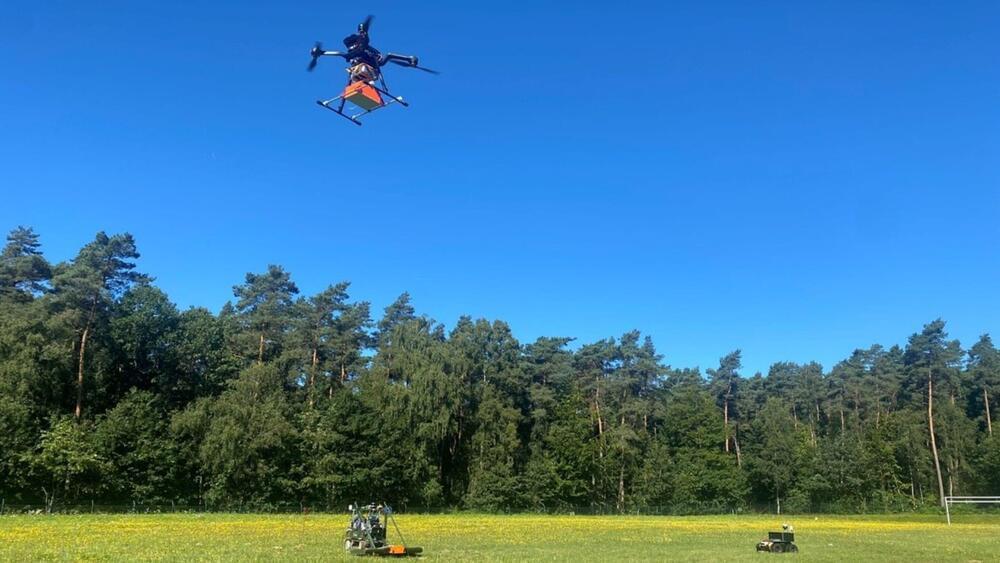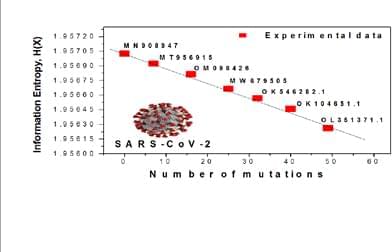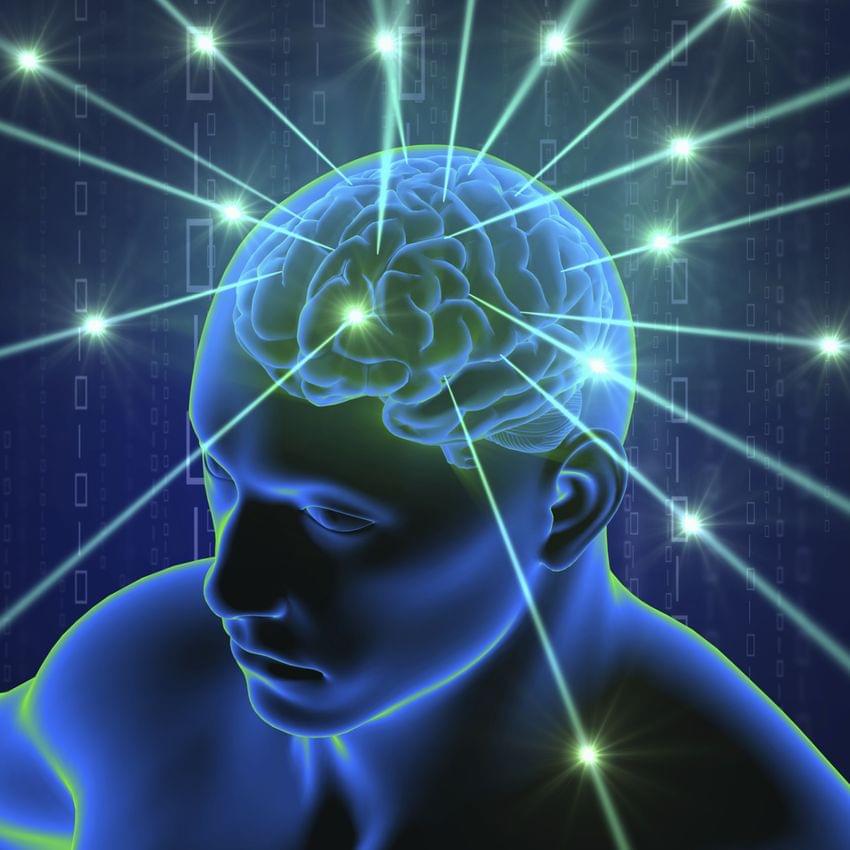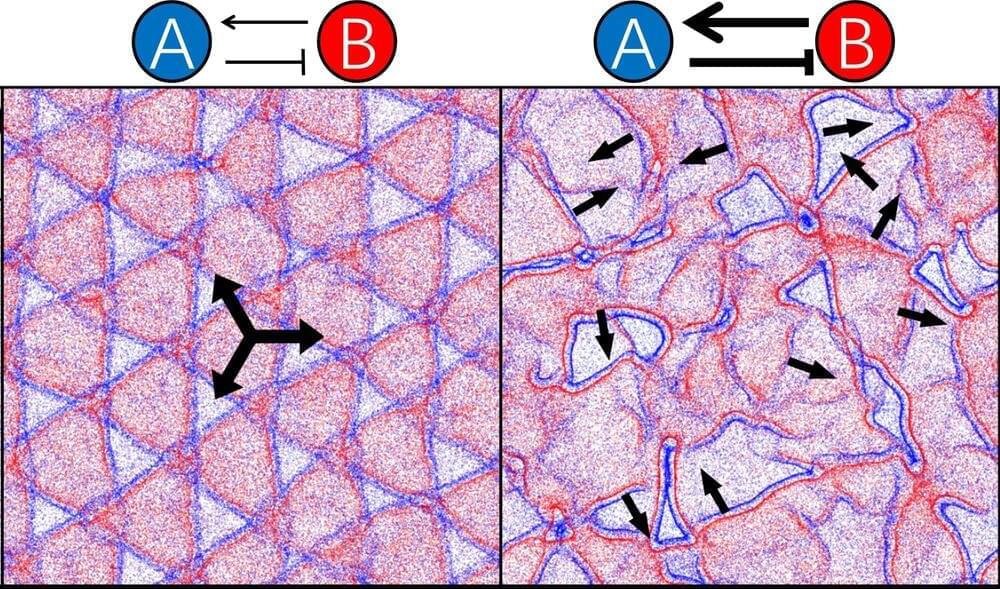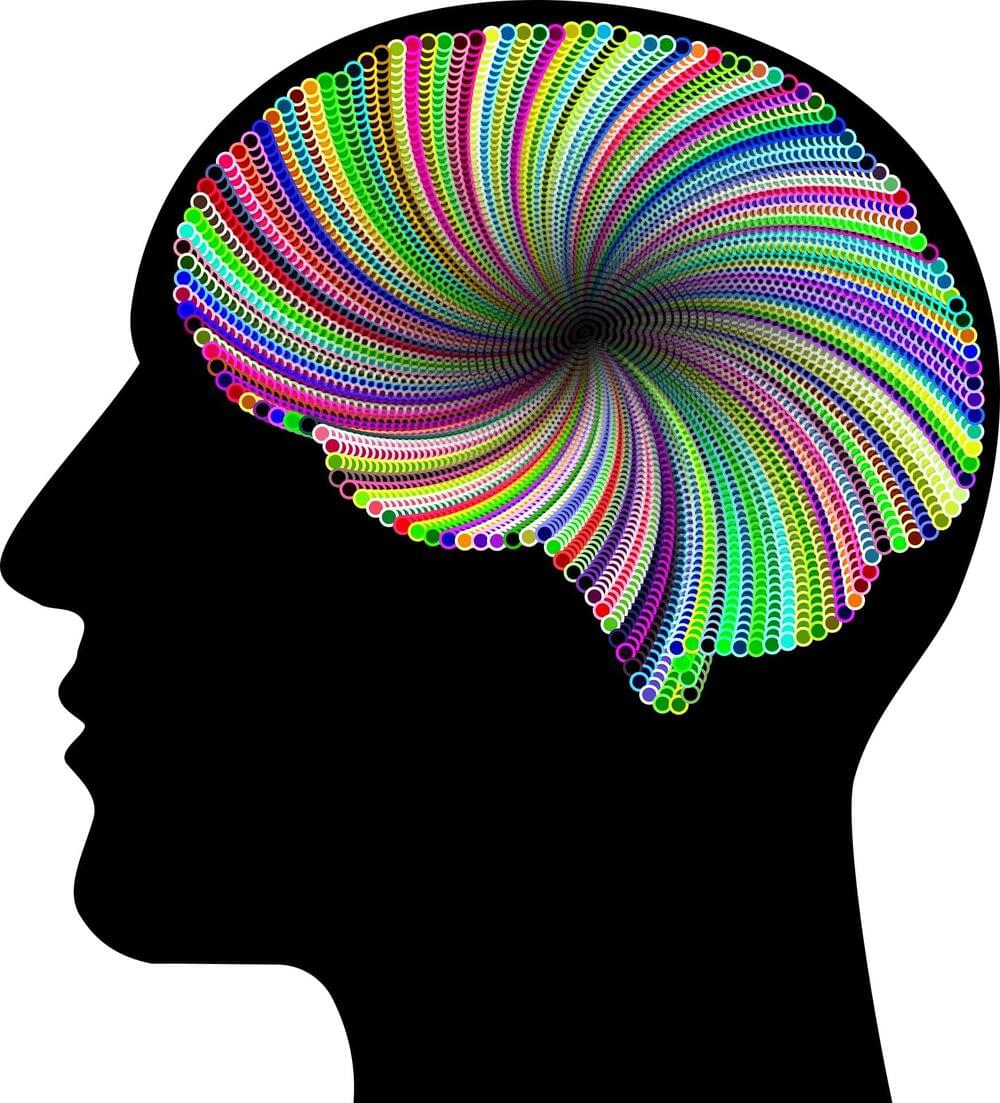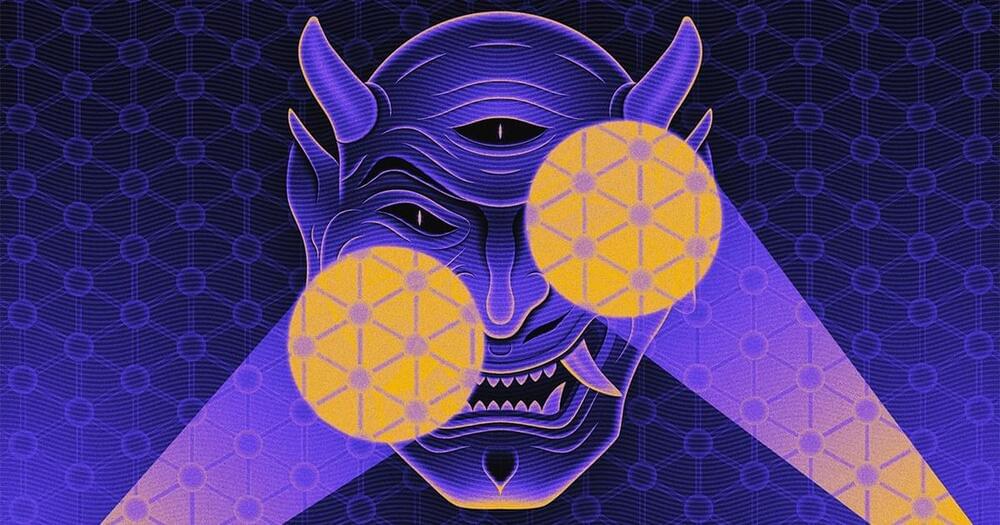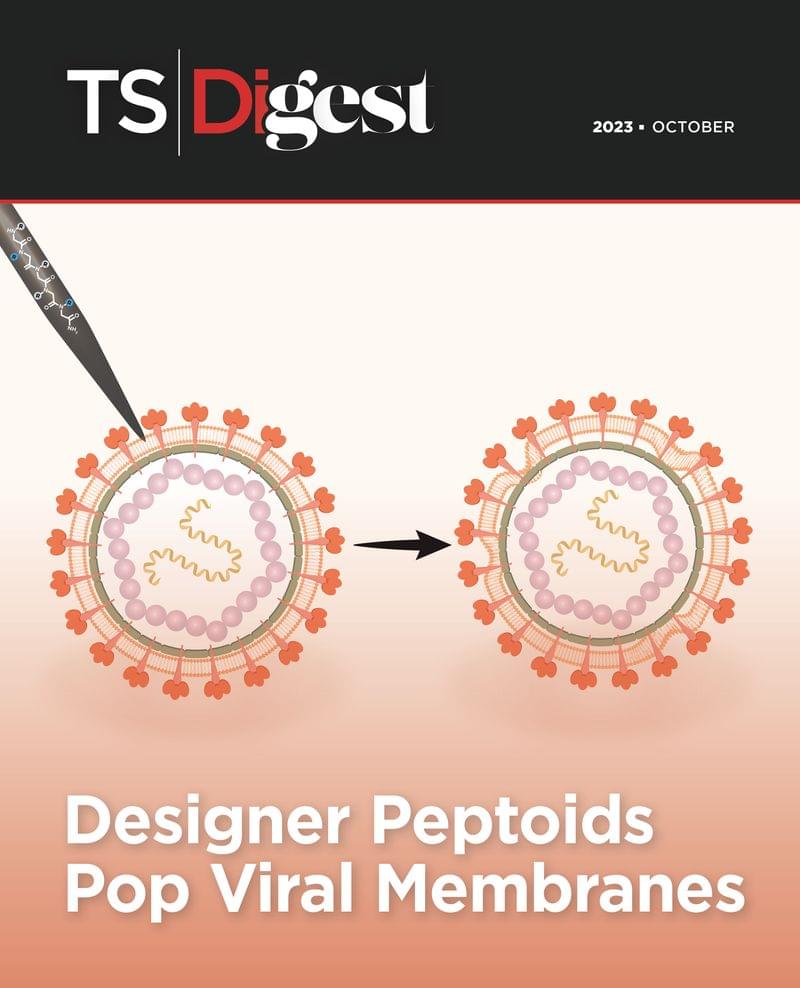European Defence Agency’s AIDED project demonstrates how AI and unmanned systems can work together to detect explosives and IEDs in Europe.
Here, we also expanded the applicability of the second law of infodynamics to explain phenomenological observations in atomic physics. In particular, we demonstrated that the second law of infodynamics explains the rule followed by the electrons to populate the atomic orbitals in multi-electron atoms, known as the Hund’s rule. Electrons arrange themselves on orbitals, at equilibrium in the ground state, in such a way that their information entropy is always minimal.
Most interesting is the fact that the second law of infodynamics appears to be a cosmological necessity. Here, we re-derived this new physics law using thermodynamic considerations applied to an adiabatically expanding universe.
Finally, one of the great mysteries of nature is: Why does symmetry dominate in the universe? has also been explained using the second law of infodynamics. Using simple geometric shapes, we demonstrated that high symmetry always corresponds to the lowest information entropy state, or lowest information content, explaining why everything in nature tends to symmetry instead of asymmetry.
With the rise of brain-interface technology and artificial intelligence that can imitate brain functions, understanding the nature of consciousness and how it interacts with reality is not just an age-old philosophical question but also a salient challenge for humanity.
Can AI become conscious, and how would we know? Should we incorporate human or animal cells, such as neurons, into machines and robots? Would they be conscious and have subjective experiences? Does consciousness reduce to physicalism, or is it fundamental? And if machine-brain interaction influenced you to commit a crime, or caused a crime, would you be responsible beyond a reasonable doubt? Do we have a free will?
AI and computer science specialist Dr. Mahendra Samarawickrama, winner of the Australian Computer Society’s Information and Communications Technology (ICT) Professional of the year, has applied his knowledge of physics and artificial neural networks to this thorny topic.
A new model demonstrates that chasing interactions can induce dynamical patterns in the organization of bacterial species. Structural patterns can be created due to the chasing interactions between two bacterial species.
In the new model, scientists from the Max Planck Institute for Dynamics and Self-Organization (MPI-DS) describe how interactions on the individual level can result in a global self-organization of species. Their findings provide insights into general mechanisms of collective behavior. The findings are published in the journal Physical Review Letters.
In a recent study, scientists from the department Living Matter Physics at MPI-DS developed a model describing communication pathways in bacterial populations. Bacteria show an overall organizational pattern by sensing the concentration of chemicals in their environment and adapting their motion.
If you could sink through the Earth’s crust, you might hear, with a carefully tuned ear, a cacophany of booms and crackles along the way. The fissures, pores, and defects running through rocks are like strings that resonate when pressed and stressed. And as a team of MIT geologists has found, the rhythm and pace of these sounds can tell you something about the depth and strength of the rocks around you.
“If you were listening to the rocks, they would be singing at higher and higher pitches, the deeper you go,” says MIT geologist Matěj Peč.
The world’s largest study on light exposure and its impact on mental health, with almost 87,000 participants, has found that increased exposure to light at night increases a person’s risk for psychiatric disorders such as anxiety, bipolar and PTSD severity as well as self-harm. Importantly, the study also found that increasing exposure to daytime light can act like a non-pharmacological means for reducing psychosis risk.
In those exposed to high amounts of light at night, the risk of depression increased by 30%—while those who were exposed to high amounts of light during the day reduced their risk of depression by 20%. Similar patterns of results were seen for self-harm behavior, psychosis, bipolar disorder, Generalized Anxiety Disorder, and PTSD. These findings indicate that the simple practice of avoiding light at night and seeking brighter light during the day could be an effective, non-pharmacological means of reducing serious mental health issues.
The study, led by Associate Professor Sean Cain, from the Monash School of Psychological Sciences and the Turner Institute for Brain and Mental Health in Melbourne, Australia, is published today in the journal, Nature Mental Health.
Scientists at the UCL Institute for Neurology have developed new tools, based on AI language models, that can characterize subtle signatures in the speech of patients diagnosed with schizophrenia.
The research, published in PNAS, aims to understand how the automated analysis of language could help doctors and scientists diagnose and assess psychiatric conditions.
Currently, psychiatric diagnosis is based almost entirely on talking with patients and those close to them, with only a minimal role for tests such as blood tests and brain scans.
Physicists have long suspected that hunks of metal could vibrate in a peculiar way that would be all but invisible. Now physicists have spotted these “demon modes.”
I really am going to watch this. I love Sci-Fi and AI.
Prepare to meet… The Creator.
Watch the brand-new trailer for #TheCreator and experience the motion picture event only in theaters September 29.
TS Digest Issue
Posted in futurism
Inspired by the annual growth of tree rings, researchers at Harvard University developed protein fibers that record the history of a cell as fluorescent bands carrying information about time and gene regulation.
Check out the infographic here:
Meenakshi is the Editor-in-Chief at The Scientist. Her diverse science communication experience includes journalism, podcasting, and corporate content strategy. Meenakshi earned her PhD in biophysics from the University of Goettingen, Germany.
View full profile.
